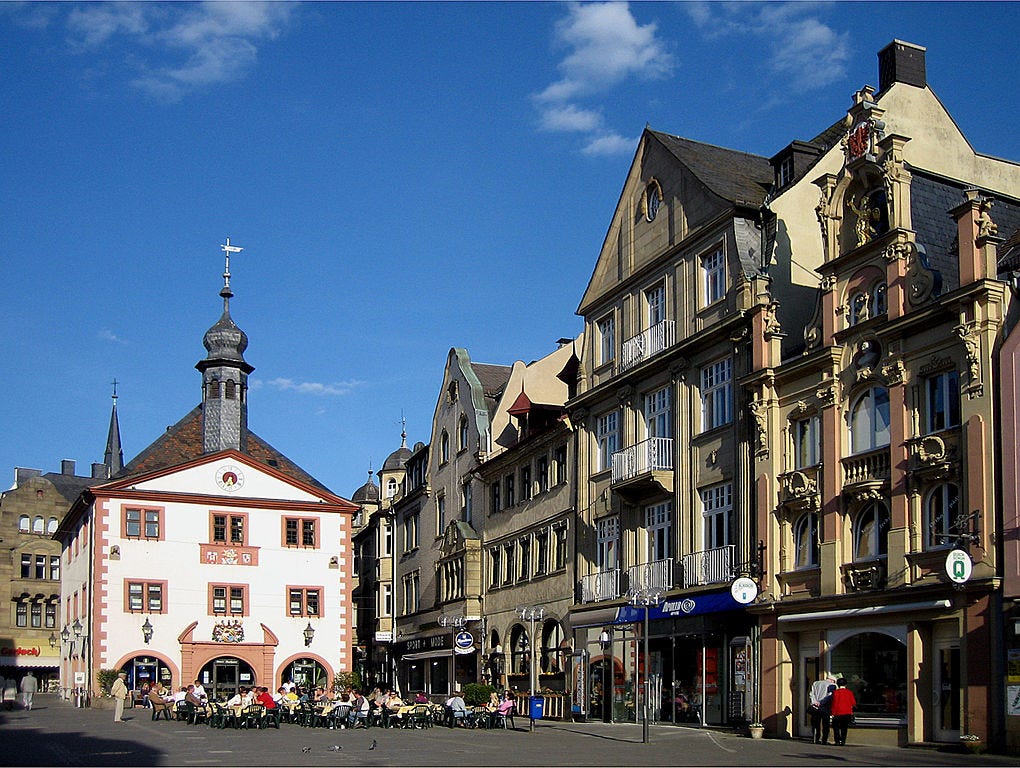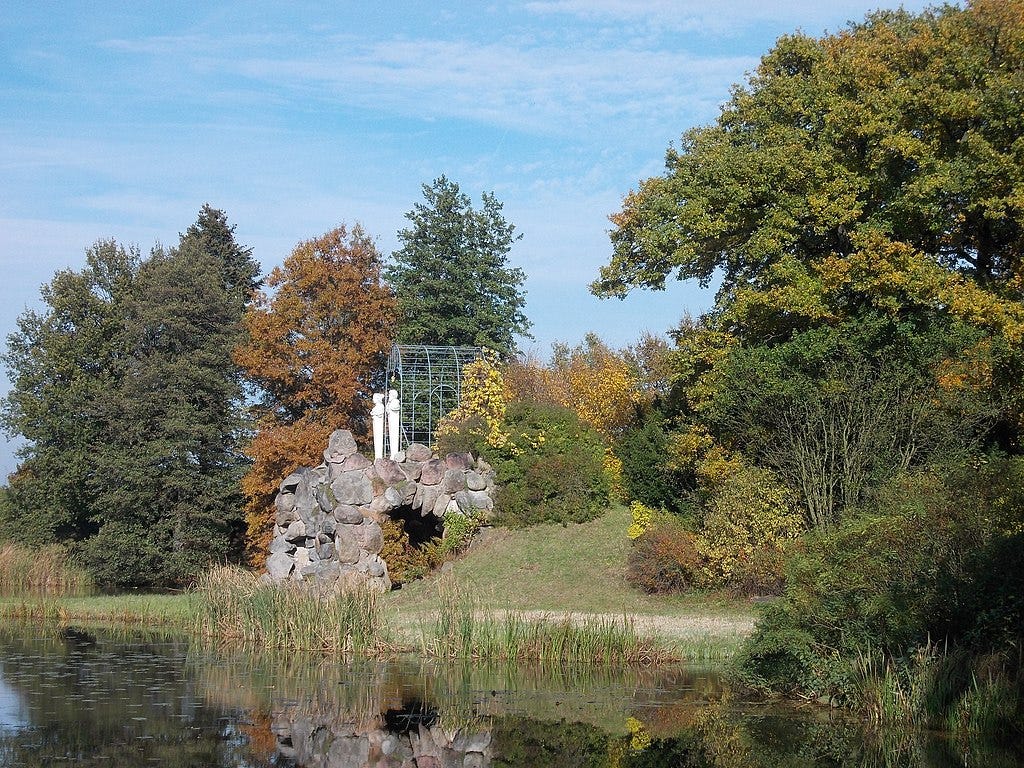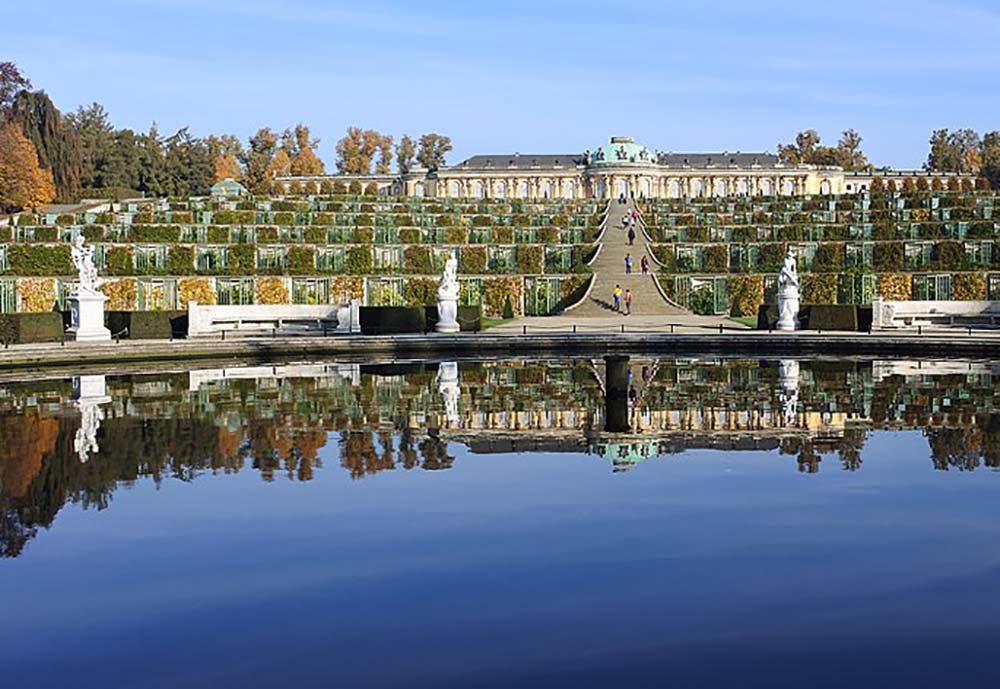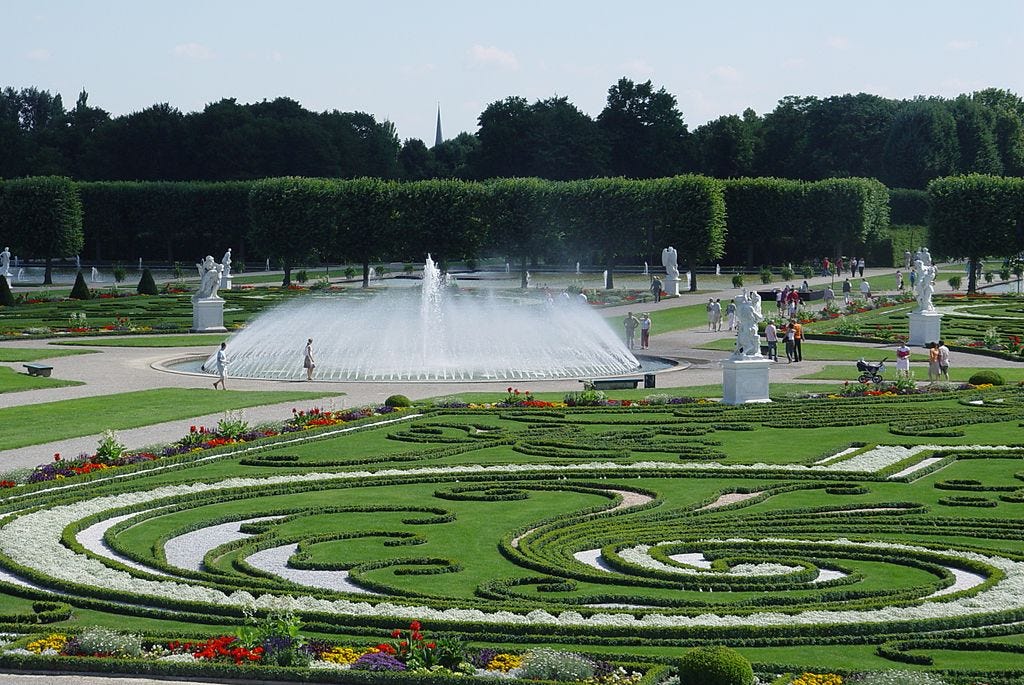German castle gardens are royal retreats
Where Gernan Royalty wandered through amazing gardens.
On a recent trip, I had a chance to wander through some German castle gardens. The only problem was that I visited as snow was falling. Now, summer is here and the gardens are full of life again.
This article was sent to me from the German National Tourist Office, focused on a part of Germany that I love best. This handful of castles and their gardens is only the beginning of scores of German palaces and castles surrounded by spectacular botanical grounds.
Germany’s castle gardens are spectacular and represent a vast diversity of styles, including French baroque and English landscape. The historical gardens in Germany are clustered geographically and are usually associated with the culture of one of the great German dynasties. The gardens are great for visitors: Almost all of Germany’s best gardens open early and are mostly free of payment.
Only one hour south of Berlin, the Dessau-Wörlitz Garden Realm is a designated UNESCO World Heritage Site. Built by Prince Franz of Anhalt-Dessau in the 18th century, its incredible English landscaping, palaces, and sculptures make this a worldly gem. The larger lake and channels make the Garden Realm an exceptional example of landscape design and planning from the Age of the Enlightenment. www.woerlitz.de
Sanssoucci, in Potsdam, close to Berlin, is since the 18th century the former summer palace and garden of Prussia’s King Frederick the Great. It is renowned for its palaces and Schinkel buildings and is today a UNESCO World Heritage Site. The baroque garden, which had gone out of fashion in the meantime, was redesigned in the style of a landscape park under Frederick the Great’s successors and was expanded by Frederick William IV, with famous structures such as Charlottenhof Castle, the Orangery, and the Roman Baths created by famous architect Karl Friedrich Schinkel. www.spsg.de
Situated on both sides of the German and Polish border, the garden landscape of Bad Muskau Park is a special gem of eastern Germany and is recognized as a UNESCO World Heritage Site. Prince Hermann von Pückler-Muskau, a nobleman, travel writer, and landscape gardener, designed this garden and park in the beginning of the 19th century, and it is one of the most beautiful in the world. Covering an area of around 830 hectares, Muskauer Park is made up of a number of smaller parks. All have different features, depending on which side of the border they lie on. Pückler based the gardens around his stately castle on the English Regency style common in the early 19th century. www.schloesserland-sachsen.de
The famous Royal Gardens, built in the 17th century in the district of Herrenhausen in Hannover, have various styles. The most important styles and genres of landscape design are authentically represented here: the baroque garden in the French style, the English landscaped garden and the botanical garden. There is also the historic grotto, where the arches have been transformed into a unique artwork by artist Niki de Saint Phalle. Every year there is a fantastic fireworks competition. www.hannover.de
The spa town of Bad Kissingen, in northern Bavaria, is amassed with blooms. For centuries the town has been a getaway for famous guests such as Prussia’s Chancellor Otto von Bismarck. In the 20,000-square-mile Kurgarten, the visitor can see flower arrangements that change continuously. The 35-year-old linden trees that border the footpaths add to the symmetry of the park. The Luitpoldpark is an "English style" landscape garden with wonderful lawns. Native and exotic, young saplings and 100-year-old trees give this spacious park plenty of elegance and flair. The Rose Garden does not just have sweet-smelling roses to offer; a magnificent fan-shaped fountain is proudly situated in the center. www.badkissingen.de






